Our Approach
To make the Radio Access Network trainable, we had to start by redefining how it’s structured.
By combining graph theory and neural network principles, we created an AI framework that understands the RAN as a dynamic, contextual system — one where influence, causality, and adaptation can be modeled, reasoned over, and learned.
GraphRAN: The Engine That Makes RA-NN Possible
GraphRAN is CNS’s patent-pending AI engine for transforming the radio access network into a trainable RA-NN.
It builds a dynamic graph over the RAN—where each cell is treated as a node, and relationships like interference and handover patterns become edges. GraphRAN uses attention mechanisms to uncover how cells influence one another and provides the structural context required for learning. KPI gradients flow through this graph, allowing reinforcement learning agents to take targeted actions with attribution.
GraphRAN doesn’t just analyze behavior — it encodes the structure that makes learning possible.


Learning Structural Influence with Sparse Attention
In a wireless network, not all neighbors matter equally — and not all connections should drive learning.
GraphRAN uses sparse, multi-head attention to uncover which cells influence one another in context. Each node learns to assign weighted focus across a masked neighborhood — producing causal, directional signals that reflect real performance impact of certain configuration changes.
These attention scores define how KPI gradients move through the system — enabling reinforcement learning agents to focus on the parts of the network that matter most.
Training a Policy With Gradient-Based Feedback
GraphRAN enables reinforcement learning in the RAN by mimicking how neural networks are trained — through gradients.
Every configuration change results in a KPI response. That response is treated as a loss signal, and the system computes a gradient across the graph structure to determine attribution: which changes led to improvement, and how that credit should flow. This gradient doesn’t train a traditional model — it trains a policy.
GraphRAN uses this signal to update a reinforcement learning agent, forming a policy that aligns decisions with structural impact. The process is analogous to stochastic gradient descent optimization: instead of adjusting weights in a neural net, the system adjusts real-world parameters in the RAN.

Want to dive deeper?
We’d be happy to share more about the RA-NN system or explore how it fits in with your network challenges.
We need your consent to load the translations
We use a third-party service to translate the website content that may collect data about your activity. Please review the details in the privacy policy and accept the service to view the translations.

